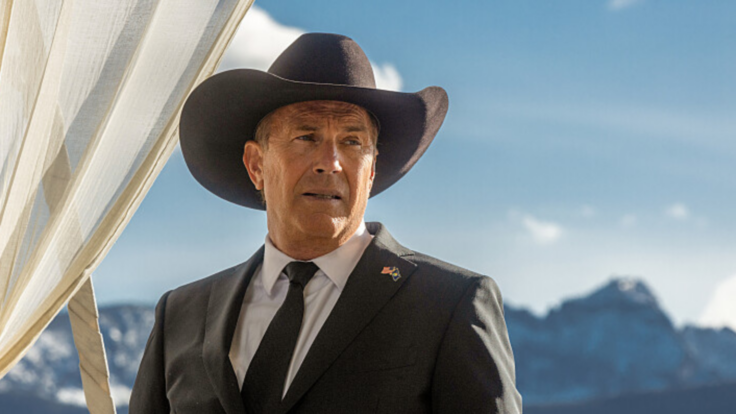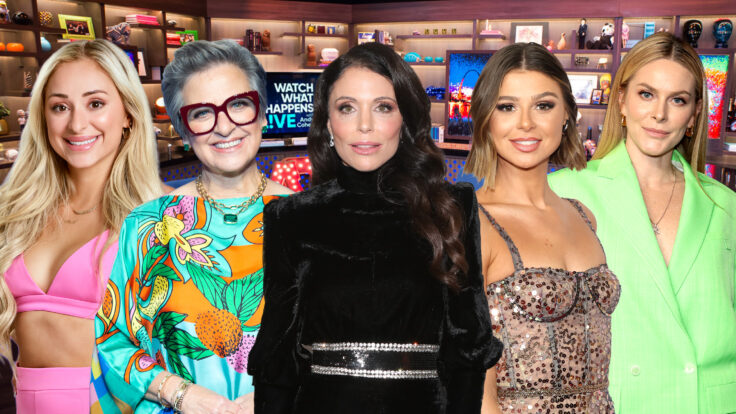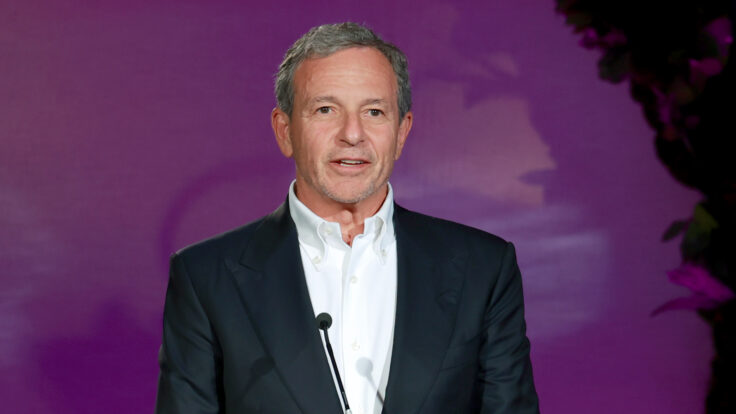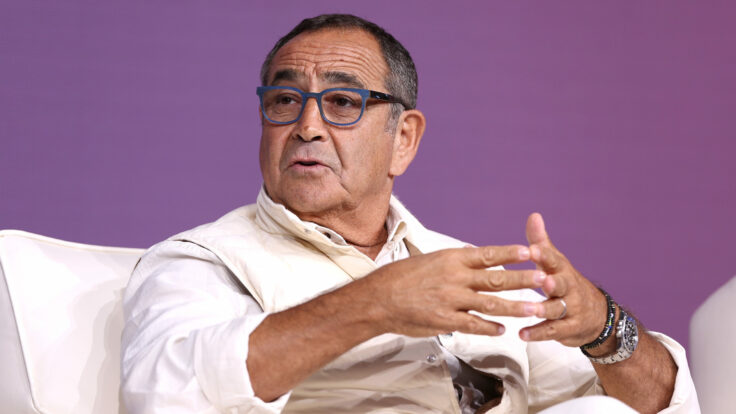In conversations and calls around town these past few weeks, it was hard to find someone not actively rooting for the success of Top Gun: Maverick. A few reasons for that, none of them altruistic, of course:
- First, it’s not a comic book movie, and its success would tell Hollywood people that, post-pandemic, there’s a chance for big-budget, non-comic book movies, and thus maybe there’s a chance for my movie.
- Second, it’s the first older-audience wannabe blockbuster since March 2020, so its success would signal that over 40, infrequent moviegoers will return to theaters for the right offering… and thus maybe there’s a chance for my movie.
- Third, the original Top Gun is a movie that most of the middle-aged white men running the business grew up loving, so a successful reboot would mean there is an appetite for this kind of throwback action spectacle…and, say it with me now, maybe there’s a chance for my movie.
Whatever the reason, all of Hollywood seems to be invested in something that will almost certainly make less than Minions: The Rise of Gru, and will end up far less profitable. No matter. This kind of fascination got me interested in the financials at play, so I spent the week talking with insiders on all sides of the deals behind Top Gun: Maverick. So much has been written about the executive dramas around this film; the firing of Paramount chairman Jim Gianopulos after he resisted sending movies to streaming; the hiring of Brian Robbins of Nickelodeon to orchestrate a Paramount+-first movie strategy; the question of whether Shari Redstone is angling to sell the whole damn company. What became clear in my chats is that, amid all the noise and hurdles, two people executed at a really high level here, and both stand to win big: Tom Cruise and producer David Ellison.

















